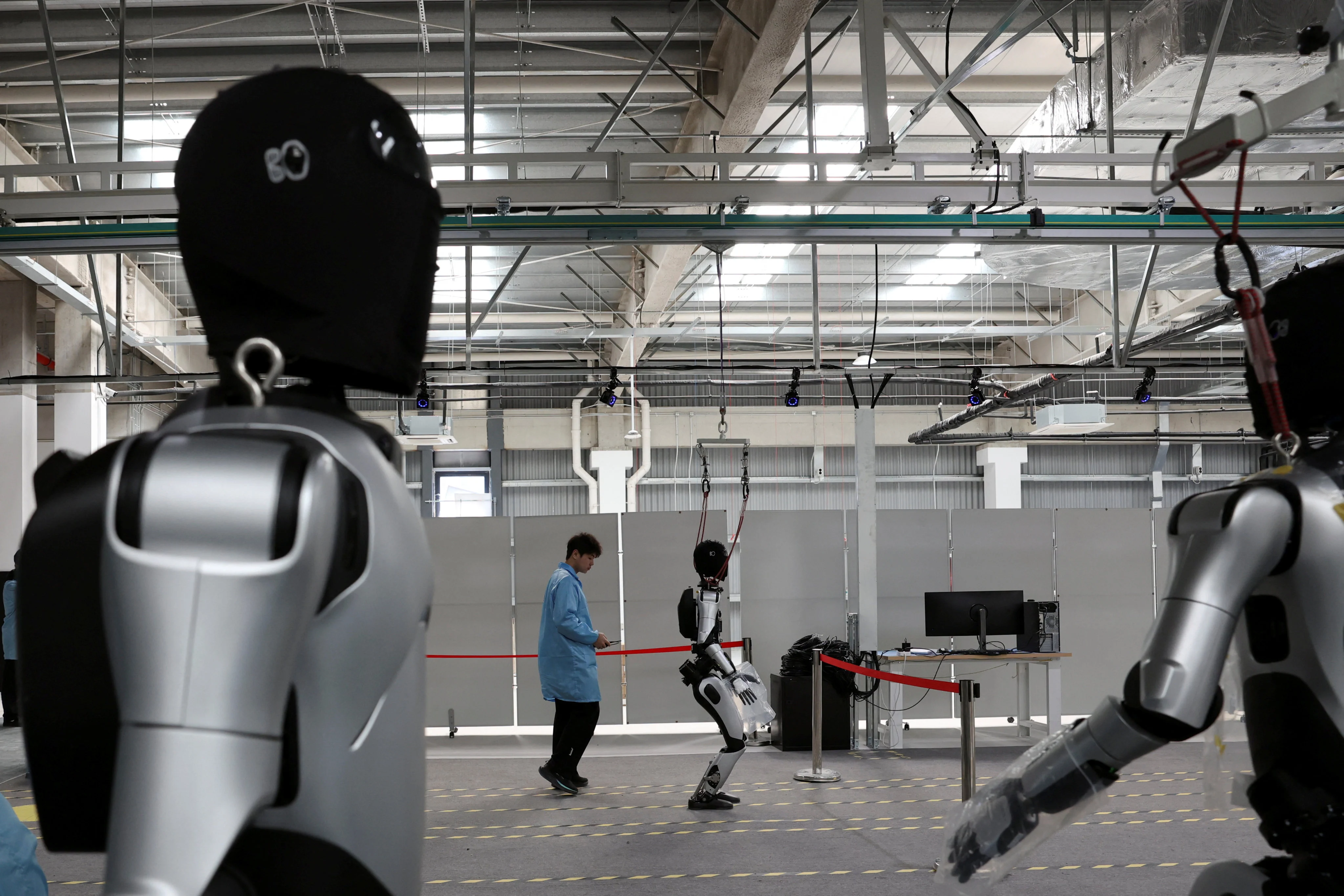By Mandy Zuo
Copyright scmp

China’s factories welcomed 295,000 newly installed industrial robots last year, easing fears the nation’s manufacturing juggernaut could falter after the population declined for a third consecutive year.
The robot boom in the rapidly ageing society is helping offset some of the challenges of a declining workforce and bolstering its manufacturing edge, which is set to sharpen further as humanoid technology matures, analysts said.
China’s population has declined since 2022, with a decrease of 1.39 million last year. But the country now boasts a record 2.027 million active industrial robots, leading the world by a wide margin, according to the 2025 edition of the International Federation of Robotics (IFR) World Robotics Report.
More than half of the world’s 542,000 new robots were installed in Chinese factories in 2024, according to the September report. The machines weld car frames, assemble electronic devices and move heavy loads with precision, filling labour gaps caused by the demographic shift.
“It’s an inevitable trend that more simple, repetitive tasks will be done by robots in the future, though some creative and complex tasks still require human ingenuity,” said Professor Gao Xudong from Tsinghua University’s School of Economics and Management.
“Despite the shrinking overall population, with improvements in workforce education and the widespread use of robots, China’s manufacturing industry has no problem in maintaining and enhancing its competitive edge,” he added.
China’s population fell by about 0.1 per cent last year, according to government data. But robot installations during the same period rose by 5 per cent to 295,000 units, accounting for 54 per cent of new industrial robots worldwide, according to the IFR report.
Japan followed China with 44,500 new installations, while the United States ranked third with 34,200. Total installations globally rose by 9 per cent to 4.664 million in 2024.
Humanoid robots represent the next stage in industrial upgrades. While exact order numbers for the smart machines – which resemble humans – are unavailable, companies are progressing quickly from research and development to commercial-scale deployment.
In August, Guangdong-based Tiantai Robot secured a landmark order for 10,000 humanoid robots – the largest single order in the industry’s history – targeting the country’s elderly care market.
Still, Gao of Tsinghua University said China will still need large numbers of skilled talent to support its intelligent industries, such as robot maintenance technicians.
By 2030, the country is projected to face a shortage of 50 million high-skilled blue-collar workers, according to a report published by China’s Human Resources and Social Security Information Centre in April.



